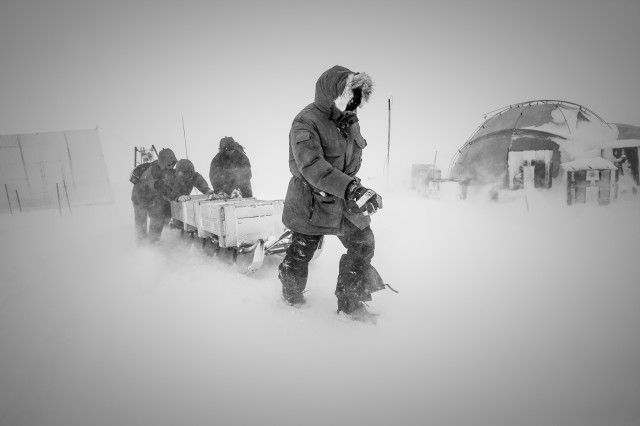New ice core records show Greenland in sync with the rest of the globe
Ars Technica » Scientific Method 2014-09-08

Any interesting field of science (read: all of them) has its little mysteries—things that don’t quite make sense. They're the currency of a research scientist, since they provide interesting questions. One of these little stumpers is found in Greenland ice cores.
Ice cores, with their annual layering, have provided a revolutionary window into Earth’s climate history. By analyzing two isotopes of oxygen in the water molecules, researchers found a record of changing climate. In warmer times, the heavier 18O atoms become a little more common. In colder times, they are less so. This revealed all kinds of information about the last few glacial cycles, which are controlled by subtle changes in Earth’s orbit and amplified by positive feedbacks like CO2.
There are, however, complications. The oxygen isotope ratio can also shift for reasons other than temperature, like changing snowfall patterns. The complications gave researchers reason to be skeptical of a strange detail at the end of the last ice age.
Read 10 remaining paragraphs | Comments